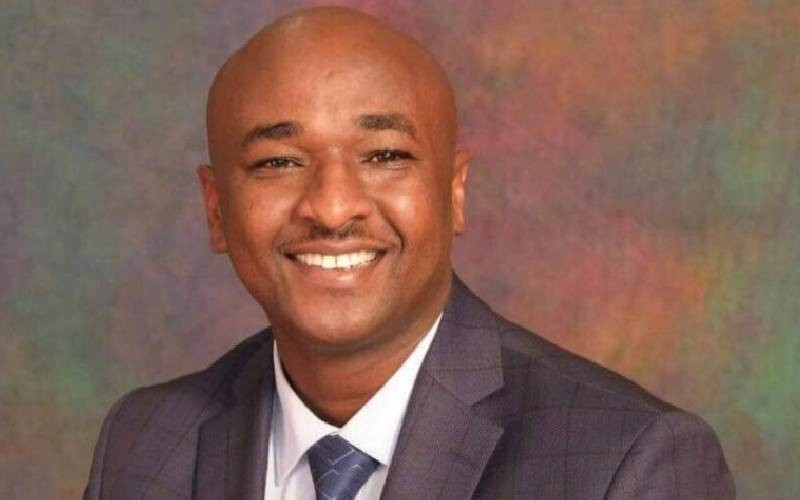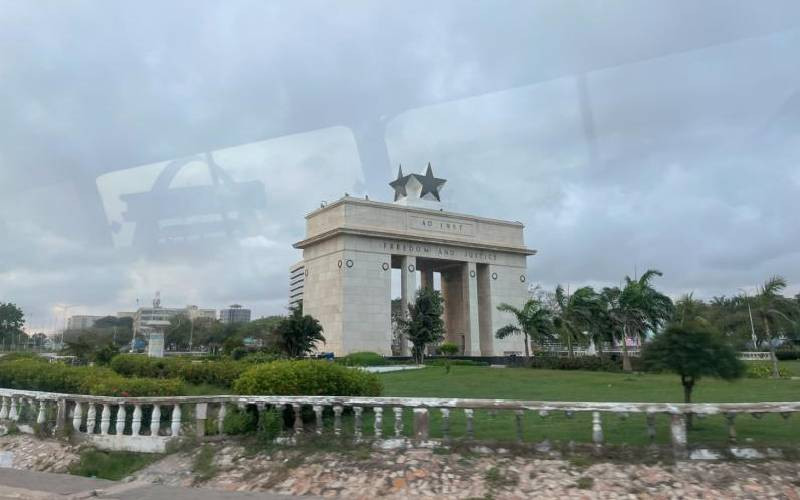By Tom Odhiambo
When a nation is challenged, as Kenya is currently, it needs pillars — material or symbolic — to hold on until it re-stabilises itself.
Consider how Americans rallied around their Government after the 9/11 terrorist attack. Throughout the US, hundreds of national flags flew and fluttered in homes, on car bonnets and were worn as scarves by even those who had previously not found anything palatable to say about or associate with the George Bush regime.
The survival of the Pentagon signified the endurance and might of the US. The fact that the White House was standing and protected assured the country of the resilience of its citizens and Government. Americans had concrete and symbolic elements to fortify them against the fear that terrorism sought to plant among them.
What would we say of Kenya today? Where does one look for reassurance that all will be well someday?
To paraphrase novelist Ngugi wa Thiong’o, is it possible to tell a child these days: "Weep Not"? Can a husband assure a wife that the vagaries of economic depression won’t blow the trumpet of death to their marriage, and that indeed the society offers some protection against such eventuality? Simply put; are there any monuments (even human ones) to assure Kenyans that things will work out, that we shall overcome, and that all is possible with some fortitude?
If you were to believe much of the debate on the Internet, Kenya is actually a collapsed or failed State. Apparently, we are in the last stages of decay and it will not be long before the whole edifice crumbles.
Then, I guess, we will all look back to the much-maligned ‘ethnic cocoons’ and swear allegiance to tribal chiefs and warlords so that they protect us against those who may wish to annihilate us.
Well, it is the disputes surrounding the Migingo Island and the border beacons in Pokot as well as the long stretch of border with Somali that inform the debate, gossip, rumour and apocalyptic declarations about our identity as a nation.
It struck me, when I visited Fort Jesus in Mombasa, that we (as a nation-state) do not have rock solid — concrete or abstract — defences to protect us against the enemy, whether from within or without.
Collective Identity
Well, one might argue the imagination that went into designing the Fort, its building and the fortifications entailed a call to a collective identity and spirit. The monument stands as a legacy to the men who ever dared to imagine they could establish a Portuguese community amidst a potentially hostile native population.
In symbolic terms though, Fort Jesus partially defines the multicultural character of our nation.
It is doubtless that the architectural design was foreign but the labour included locals. Therefore, within its walls is the sweat, breath and life of the native Africans and Arabs. And as one walks through the corridors of the Fort, he communes with the spirits of the natives who died in the labour of putting up the monument that is a national treasure today.
This is one reason why monuments can and do make societies and nations.
Stay informed. Subscribe to our newsletter
But where are our national monuments? Where are the masterpieces of architectural design in whose shadow one would feel ‘proudly Kenyan’ and identify with spirit of collective effort that the monument signifies?
Fight for Migingo?
Could this explain why Migingo Island, its size and value notwithstanding, appears like a monument build by the nocturnal sweat and blood of fishermen with whom we identify and, therefore, worth fighting for? Indeed, from a purely panoptic perspective, Migingo is a monument, defying the elements and man’s attempts at invasion.
Closer still, can our Parliament, probably one of the few monuments proclaiming our nationhood, inspire and assure us that we will survive the trying moments? Does the High Court, as the ultimate symbol of fairness and justice, inspire a sense of parity in us? For the masses of poor Kenyans who walk by Central Bank of Kenya headquarters every day, what does that nondescript building stand for in their everyday lives?
This adds to the ongoing debate whether the renaming of Nyayo National Stadium to Coca Cola Stadium was procedural or not; and its value as a reminder of the heritages of an era that some would rather it was buried but others clutch fond memories of it.
In nut shell, the leadership needs to provide some tangibles that we can claim and associate with; something one can carry around or have a photo of that can be used as an everyday reminder of one’s fidelity to the nation; some symbol that would evoke intense emotions of belonging.
It is high time we erected, created and reclaimed symbols that shall remind us everyday about our collective identity.
For a start, we can have the national flag distributed to all homes to remind us that ‘we are proudly Kenyans!’
 The Standard Group Plc is a
multi-media organization with investments in media platforms spanning newspaper
print operations, television, radio broadcasting, digital and online services. The
Standard Group is recognized as a leading multi-media house in Kenya with a key
influence in matters of national and international interest.
The Standard Group Plc is a
multi-media organization with investments in media platforms spanning newspaper
print operations, television, radio broadcasting, digital and online services. The
Standard Group is recognized as a leading multi-media house in Kenya with a key
influence in matters of national and international interest.
 The Standard Group Plc is a
multi-media organization with investments in media platforms spanning newspaper
print operations, television, radio broadcasting, digital and online services. The
Standard Group is recognized as a leading multi-media house in Kenya with a key
influence in matters of national and international interest.
The Standard Group Plc is a
multi-media organization with investments in media platforms spanning newspaper
print operations, television, radio broadcasting, digital and online services. The
Standard Group is recognized as a leading multi-media house in Kenya with a key
influence in matters of national and international interest.






